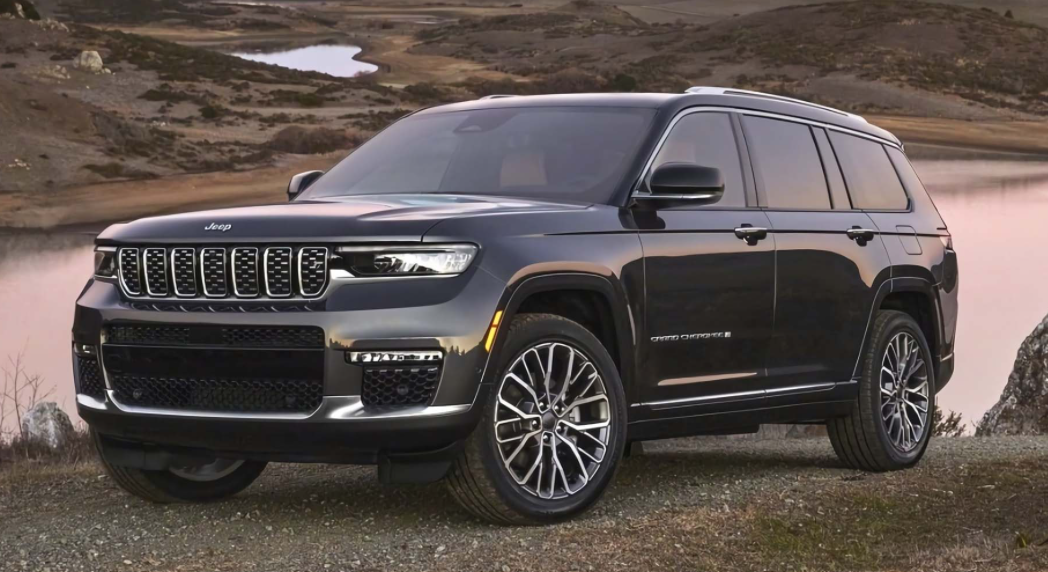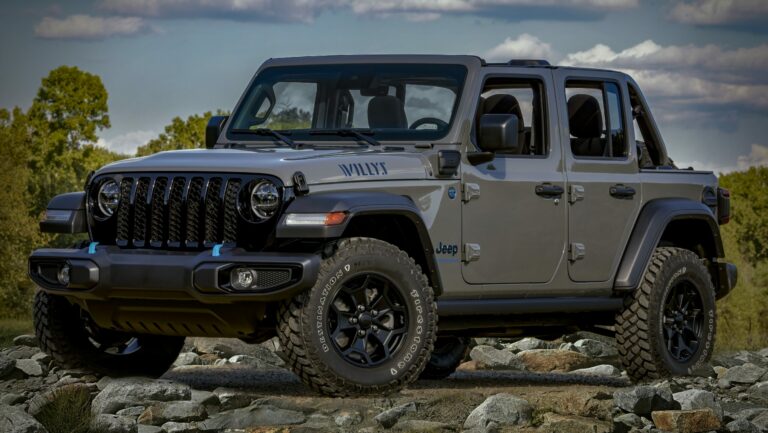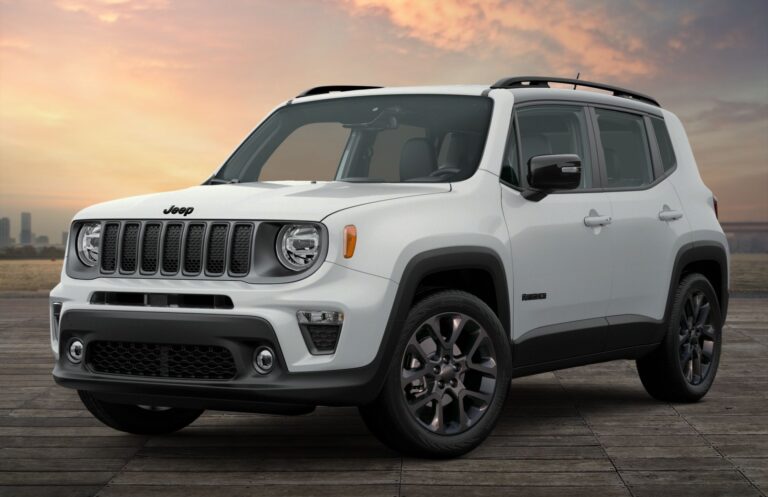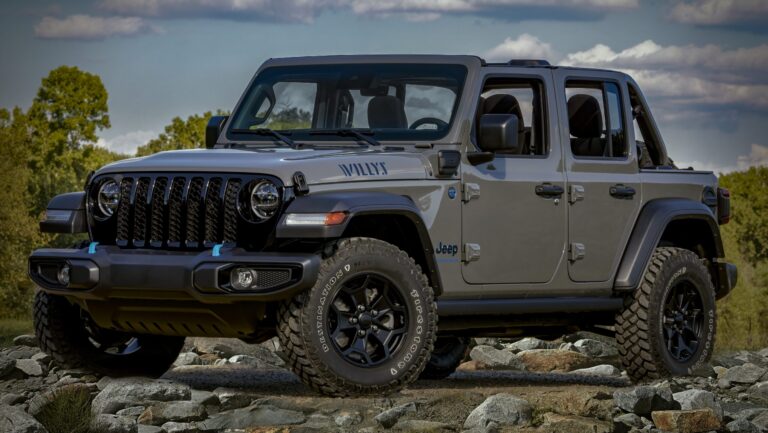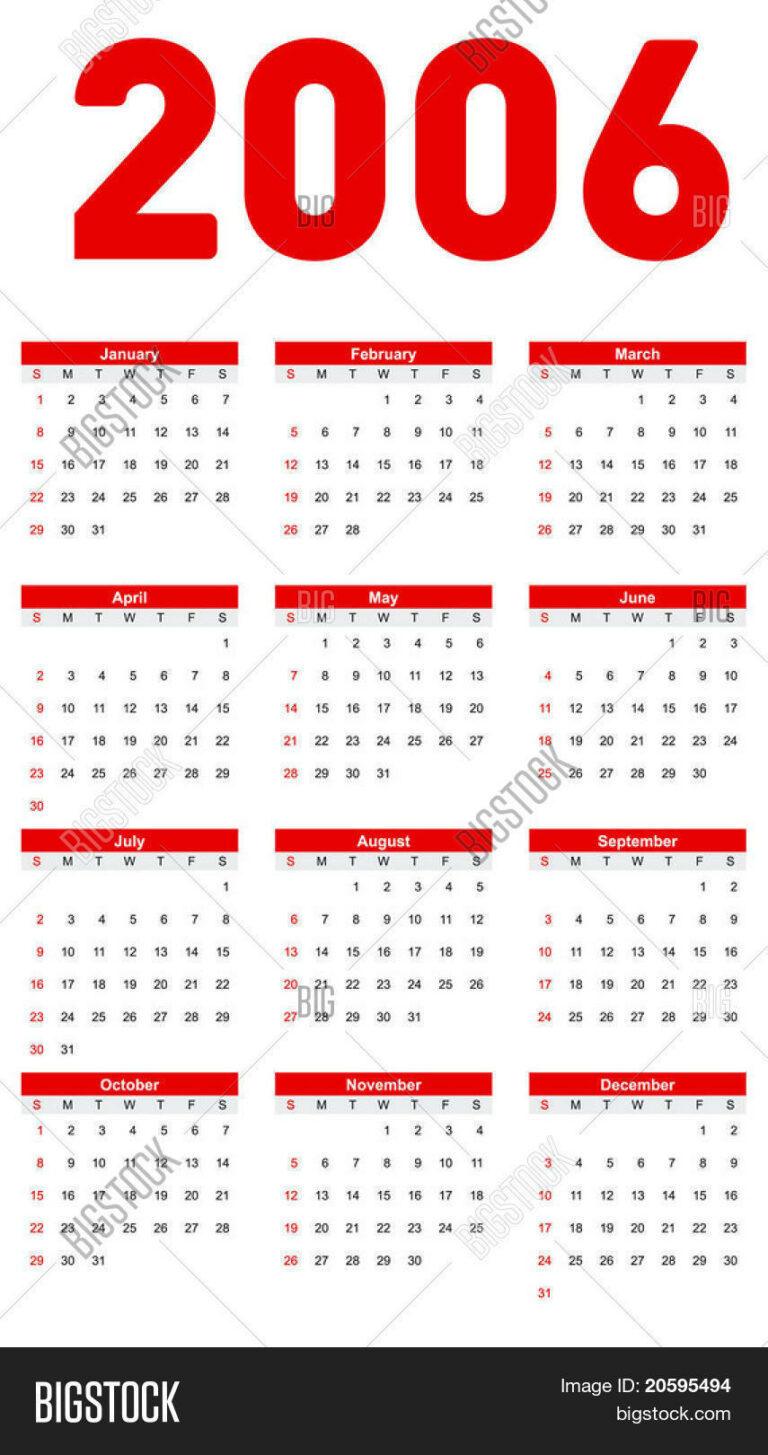Looking For Jeep Cherokee For Sale: A Comprehensive Buyer’s Guide
Looking For Jeep Cherokee For Sale: A Comprehensive Buyer’s Guide jeeps.truckstrend.com
The Jeep Cherokee, a name synonymous with adventure, capability, and American ruggedness, has captivated drivers for decades. From its humble beginnings as a versatile SUV to its modern incarnation as a sophisticated family hauler with surprising off-road chops, the Cherokee offers a unique blend of practicality and spirit. For anyone looking for a Jeep Cherokee for sale, the journey can be exciting but also complex, given the vehicle’s long and varied history. This comprehensive guide aims to illuminate every step of the process, helping you navigate the market and find the perfect Cherokee to suit your needs and budget.
Whether you’re an off-road enthusiast dreaming of a classic XJ, a family in search of a reliable daily driver with all-weather capability, or someone seeking a balance of modern comfort and light trail prowess in a KL, understanding the nuances of each generation and the buying process is crucial. This article will serve as your detailed roadmap, from identifying the right model to sealing the deal, ensuring your search for a Jeep Cherokee is as smooth and successful as possible.
Looking For Jeep Cherokee For Sale: A Comprehensive Buyer’s Guide
Understanding the Jeep Cherokee Lineage: Which Generation is Right for You?
One of the most critical aspects of looking for a Jeep Cherokee for sale is understanding the distinct generations. Each iteration offers a different personality, set of capabilities, and potential considerations. Knowing these differences will significantly narrow down your search and align your expectations with what’s available.
The XJ Cherokee (1984-2001): The Legendary Classic
The XJ Cherokee is arguably the most iconic and beloved generation. Revered for its unibody construction, simplicity, durability, and legendary off-road capability, the XJ remains a highly sought-after vehicle, especially among enthusiasts.
- Pros: Exceptional off-road performance, robust inline-six (4.0L) engine, vast aftermarket support, simple mechanics (easier DIY repairs), relatively affordable purchase price.
- Cons: Older vehicle (prone to rust, worn components), less refined interior, fewer modern safety features, often higher mileage, can require more frequent maintenance for older units.
- Target Buyer: Off-road enthusiasts, DIY mechanics, those seeking a project vehicle, or anyone looking for a rugged, no-frills SUV with historical significance.

The KJ Liberty (2002-2007) & KK Liberty (2008-2012): The Liberty Era
Following the XJ, Jeep introduced the Liberty, which was marketed as the Cherokee outside North America. These generations moved away from the XJ’s utilitarian design, offering more modern styling, improved on-road manners, and enhanced safety features.
- Pros: More comfortable ride, improved safety ratings, available V6 engines, often found at more accessible price points than the XJ due to less "collector" appeal. The KJ introduced independent front suspension, and the KK was a more squared-off redesign.
- Cons: Not as capable off-road as the XJ (though still competent), some common reliability issues (e.g., automatic transmission problems in early KJs, window regulators), less aftermarket support compared to the XJ.
- Target Buyer: Individuals or small families seeking a versatile, compact SUV for daily driving with occasional light off-road excursions, or those on a tighter budget.
The KL Cherokee (2014-2023): The Modern Reimagining
After a brief hiatus, the Cherokee nameplate returned to North America with the KL generation. This model marked a significant departure in design and engineering, built on a car-based platform shared with Fiat-Chrysler vehicles. It emphasizes on-road comfort, fuel efficiency, and advanced technology.
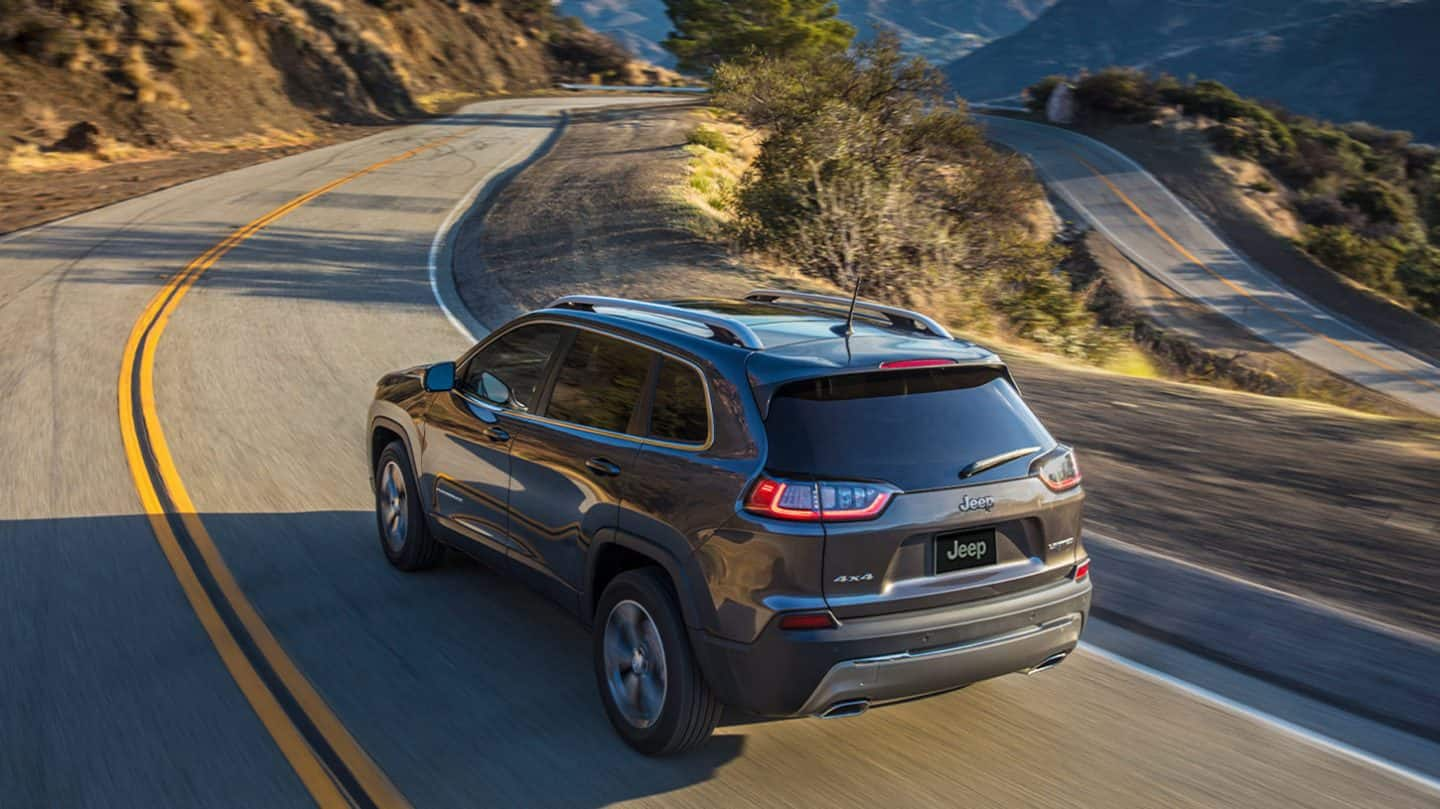
- Pros: Modern amenities (infotainment, advanced safety features), excellent fuel economy (especially with 2.4L or 2.0L turbo engines), comfortable ride, available with powerful V6, and the Trailhawk trim offers impressive off-road capability for its class. Available FWD or various 4WD systems.
- Cons: Polarizing exterior design for traditionalists, more complex systems (can be more costly to repair), generally higher purchase price, less "raw" feel than previous generations.
- Target Buyer: Families, daily commuters, individuals prioritizing modern comfort, technology, and safety, who still desire the option for light to moderate off-road adventures (especially the Trailhawk).
(Note: The Grand Cherokee is a separate, larger, and more premium vehicle line, often confused with the standard Cherokee due to shared branding. This guide focuses specifically on the Cherokee/Liberty line.)
Defining Your Needs and Budget: Before You Start Looking
Before you dive into listings, a crucial first step when looking for a Jeep Cherokee for sale is to clearly define what you need and what you can afford. This will prevent wasted time and ensure you make a wise investment.
-
Purpose of the Vehicle:
- Daily Commuter: Prioritize fuel efficiency, comfort, and reliability (KL, later KJs).
- Family Hauler: Focus on interior space, safety features, and cargo capacity (KL, KK).
- Off-Road Adventurer: Seek 4WD, ground clearance, and robust construction (XJ, KL Trailhawk, KJ with modifications).
- Towing: Consider engine size (V6, 4.0L I6), towing package, and transmission cooler.
- Project Car/Hobby: An XJ might be ideal for customization and mechanical learning.
-
Budget Breakdown:
- Purchase Price: This is just the beginning. Be realistic about what you can spend upfront.
- Insurance: Get quotes before buying, as premiums vary significantly by model year, trim, and your driving history.
- Maintenance & Repairs: Factor in routine servicing (oil changes, tire rotations) and potential repairs. Older models (XJ, KJ) might require more immediate attention.
- Fuel Costs: Consider the engine type (4-cylinder vs. V6) and your expected mileage.
- Registration & Taxes: Don’t forget these mandatory costs.
-
Condition Preference:
- New: Only available for the latest KL models. Offers warranty, latest tech, no prior wear.
- Certified Pre-Owned (CPO): Typically newer used models from dealerships with manufacturer-backed warranties and rigorous inspections. A good balance of value and peace of mind.
- Used (Dealer): Wider selection, varying conditions, often some form of dealer warranty.
- Used (Private Seller): Potentially lower prices, but requires more due diligence from the buyer.
Where to Look: Finding Your Next Cherokee
Once you have a clear idea of your ideal Cherokee and budget, it’s time to explore the market.
- Online Marketplaces:
- Dedicated Car Sites: AutoTrader, CarGurus, Cars.com, Kelley Blue Book (KBB). These offer extensive filters, vehicle history reports, and a wide geographical reach.
- General Classifieds: Facebook Marketplace, Craigslist. Often private sellers, potentially better deals, but requires more caution due to varying seller credibility.
- Dealerships:
- New Car Dealerships (Used Inventory): Jeep dealerships will often have CPO Cherokees or well-maintained trade-ins. Other brand dealerships also carry used Cherokees.
- Independent Used Car Lots: Offer a vast array of used vehicles, but quality and warranties can vary widely. Research their reputation.
- Private Sellers:
- Often found through online classifieds or local word-of-mouth. Can be a good source for well-cared-for vehicles, but buying "as-is" means you bear all risks after purchase.
- Auctions:
- Less common for first-time buyers but can yield deep discounts. Requires expertise to identify good deals and assess condition quickly.
The Inspection Process: What to Look For
This is arguably the most critical stage when looking for a Jeep Cherokee for sale. A thorough inspection can save you thousands in future repairs and prevent buyer’s remorse.
-
Exterior Check:
- Rust: Common on older XJs, especially around rocker panels, fender flares, and the undercarriage/frame rails. Check thoroughly.
- Body Panels: Look for inconsistencies in paint, panel gaps, or ripples, which can indicate past accident repairs.
- Tires: Check tread depth (uneven wear can signal alignment or suspension issues) and brand consistency.
- Glass & Lights: Ensure all lights work and there are no cracks in windows or mirrors.
-
Interior Inspection:
- Upholstery: Look for tears, stains, and excessive wear.
- Electronics: Test every button, switch, and screen (windows, locks, radio, A/C, heated seats, sunroof).
- Odors: A musty smell can indicate water leaks or mold; a sweet smell could be coolant.
- Dashboard Lights: Ensure no warning lights are illuminated (check engine, airbag, ABS).
-
Under the Hood:
- Fluid Levels & Condition: Check oil (color, consistency), coolant, power steering, brake fluid. Look for leaks around hoses and seals.
- Battery: Check terminals for corrosion.
- Belts & Hoses: Look for cracks, fraying, or bulges.
- Listen: Start the engine cold and listen for unusual noises (knocks, squeals, ticks).
-
Test Drive:
- Engine & Transmission: Smooth acceleration, no hesitation or jerking during shifts. Test both low and high speeds.
- Brakes: Firm pedal, no pulling to one side, no grinding or squealing.
- Steering: No excessive play, pulls, or strange noises when turning.
- Suspension: Drive over bumps and uneven surfaces. Listen for clunks, rattles, or excessive bouncing.
- 4WD/AWD System: If equipped, test engagement of different modes (2H, 4H, 4L, Auto). Ensure it engages smoothly.
- Heater/AC: Test both hot and cold air.
-
Vehicle History Report (VHR):
- Services like CarFax or AutoCheck provide crucial information: accident history, flood damage, salvage title, odometer discrepancies, service records, and ownership history. This is an essential investment.
-
Pre-Purchase Inspection (PPI):
- Highly Recommended: Take the vehicle to an independent, trusted mechanic (preferably one familiar with Jeeps) for a thorough inspection. They can identify issues you might miss and provide an estimate for any necessary repairs. This is the best money you’ll spend in the buying process.
Negotiation and Paperwork: Sealing the Deal
Once you’ve found a Cherokee that passes your inspections, it’s time to negotiate and finalize the purchase.
- Research Market Value: Use KBB, NADA Guides, and recent sales data for similar vehicles to understand a fair price range.
- Be Prepared to Walk Away: This is your strongest negotiation tool. If the seller isn’t willing to meet your price or address concerns, be ready to move on.
- Highlight Imperfections: Use any identified issues (e.g., worn tires, minor body damage, needed repairs from PPI) to justify a lower offer.
- Review All Paperwork:
- Ensure it’s clean (not salvage, rebuilt, or flood-damaged) and matches the seller’s ID.
- Bill of Sale: A written agreement detailing the sale price, vehicle information (VIN, make, model), and buyer/seller details.
- Maintenance Records: Ask for any available service history.
- Warranty: Understand any dealer or manufacturer warranty terms if applicable.
- Financing: If not paying cash, secure pre-approved financing from your bank or credit union before visiting a dealership. This gives you leverage and often better rates than dealer financing.
Ownership Considerations: Beyond the Purchase Price
Buying a Jeep Cherokee is just the first step. Understanding the ongoing costs and common aspects of ownership is vital for long-term satisfaction.
- Maintenance Schedule: Adhere to the manufacturer’s recommended maintenance intervals. Older models, especially the XJ, are known for their durability but still require regular fluid changes, filter replacements, and checks.
- Common Issues: Research common issues for the specific generation you’re considering (e.g., XJ rust, KJ transmission issues, KL electronic glitches) so you can anticipate potential repairs.
- Insurance Costs: As mentioned, these vary. Factors include your age, driving record, location, and the vehicle’s year, model, and trim.
- Fuel Economy: Significant differences exist across generations and engine types. The 4.0L XJ is a gas guzzler, while modern KLs with 4-cylinder engines are much more efficient.
- Aftermarket Support: The XJ has an enormous aftermarket for off-road modifications. The KL Trailhawk also enjoys good support for upgrades. This can be a pro if you plan to customize.
Pricing Table: Estimated Jeep Cherokee For Sale Prices
Please note that these prices are estimates and can vary wildly based on vehicle condition, mileage, trim level, optional features, geographical location, and current market demand. This table serves as a general guide for a vehicle in average to good condition.
| Generation | Model Years | Estimated Price Range (USD) | Key Considerations

